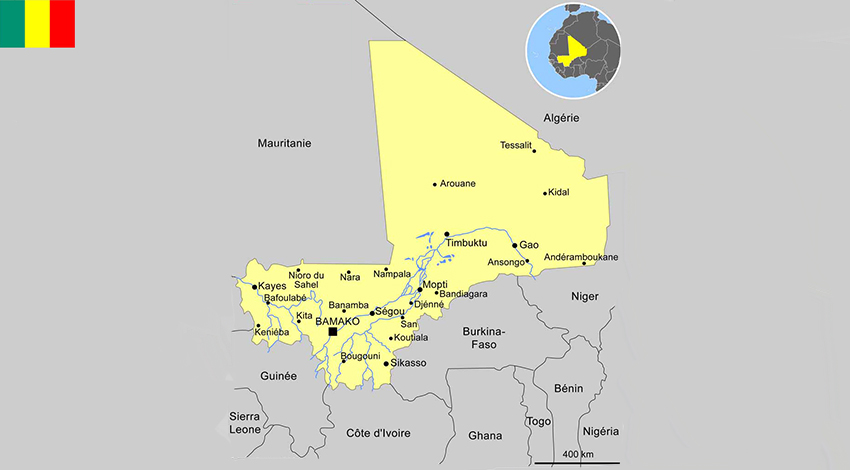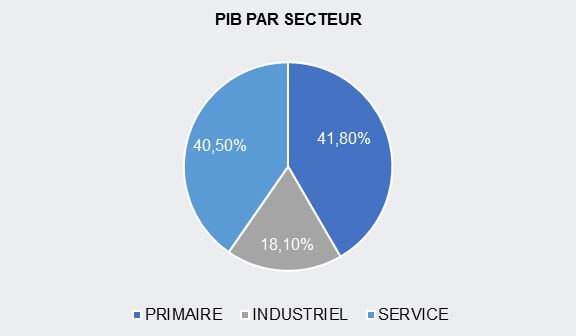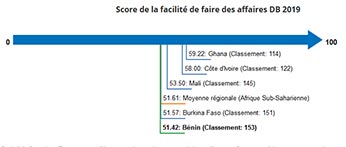
1.1 Geographic and politics characteristics of Mali
Political system
The Sudanese Republic and Senegal became independent of France in 1960 as the Mali Federation. When Senegal withdrew after only a few months, what formerly made up the Sudanese Republic was renamed Mali.
The President directly elected by absolute majority popular vote in 2 rounds if needed for a 5-year term (eligible for a second term); election last held on 29 July 2018 with a runoff on 12 August 2018; prime minister appointed by the president. Supreme Court members appointed by the Ministry of Justice to serve 5-year terms; Constitutional Court members selected - 3 each by the president, the National Assembly, and the Supreme Council of the Magistracy; members serve single renewable 7-year terms.
The President directly elected by absolute majority popular vote in 2 rounds if needed for a 5-year term (eligible for a second term); election last held on 29 July 2018 with a runoff on 12 August 2018; prime minister appointed by the president. Supreme Court members appointed by the Ministry of Justice to serve 5-year terms; Constitutional Court members selected - 3 each by the president, the National Assembly, and the Supreme Council of the Magistracy; members serve single renewable 7-year terms.
- Area : 1.240.192 km2
- Population : 18.429.893 (July 2018)
- Density : 15 people/km2
- Population growth rate : 2.98%
- Urban population : 42.4% (2018)
- Official language : French
International agreements
The Republic of Mali is member of the West African Economic and Monetary Union with Benin, Burkina-Faso, Cote d’Ivoire, Guinea Bissau, Niger, Senegal and Togo, Economic of West African States (ECOWAS), the Sahel-Saharan States.
1.2 Macroecononic Framework
1.3 Economic performance and outlook of Mali
1.4 Ease of Doing Business
- Benin (capital : Porto-Novo)
- Burkina Faso (capital : Ouagadougou)
- Cape Verde (capital : Praia)
- Ivory Cost (capital : Abidjan)
- Gambia (capital : Banjul)
- Ghana (capital : Accra)
- Guinea (capital : Conakry)
- Guinea Bissau (capital : Bissau)
- Liberia (capital : Monrovia)
- Mali (capital : Bamako)
- Niger (capital : Niamey)
- Nigeria (capital : Abuja)
- Senegal (capital : Dakar)
- Sierra Leone (capital : Freetown)
- Togo (capital : Lomé)




